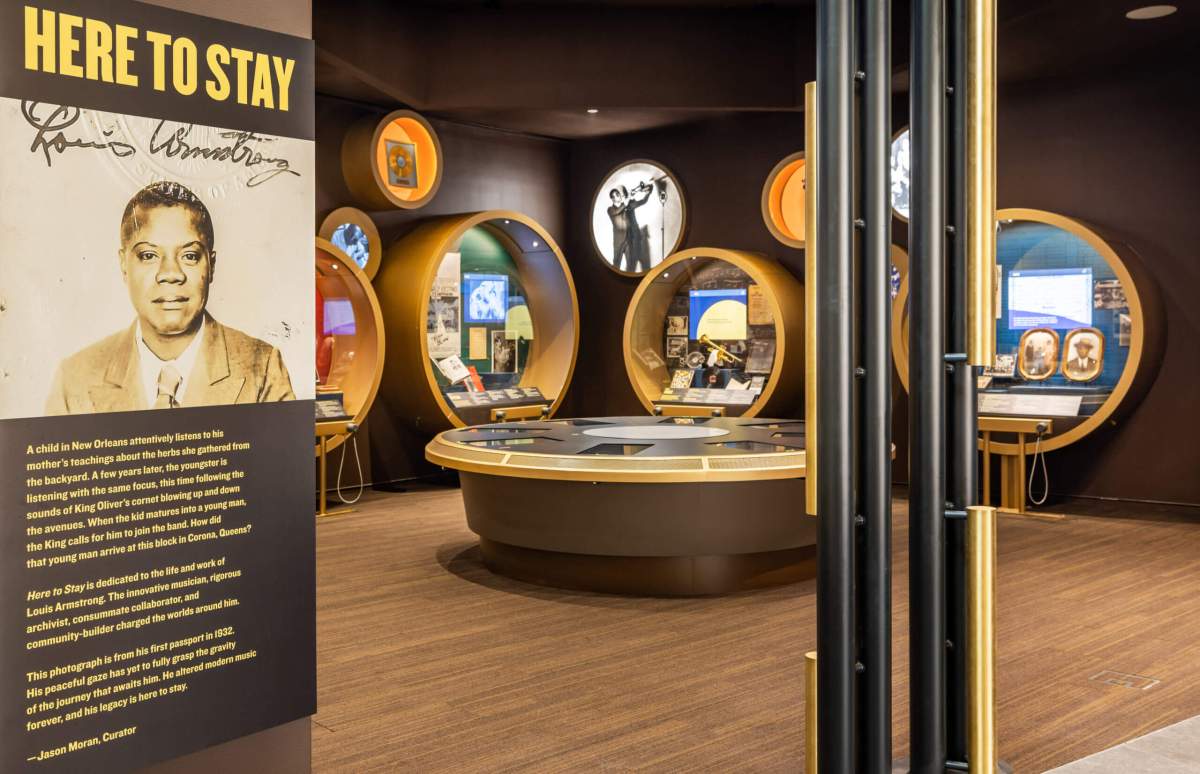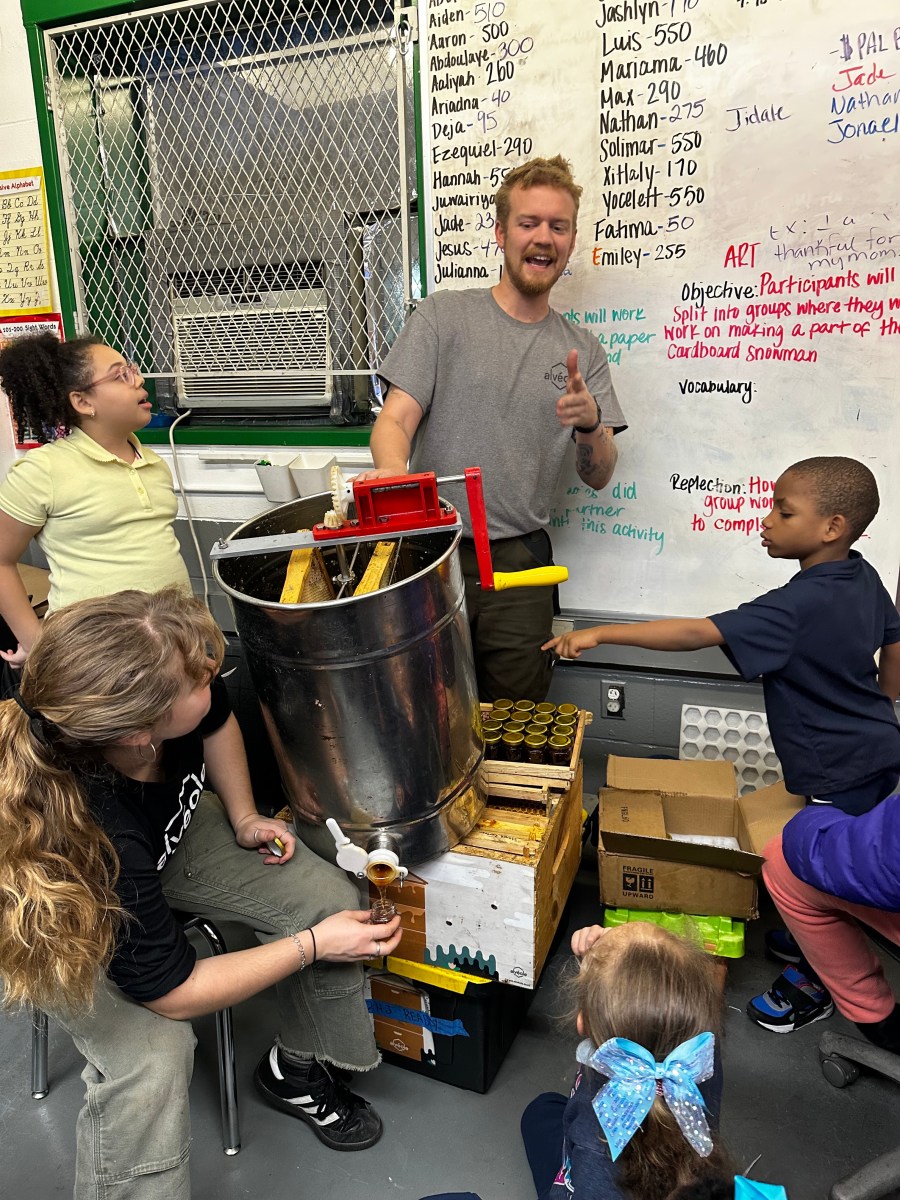When Louis Armstrong and his wife, Lucille, moved into a two-story brick house in Corona, Queens, in 1943, it began a decades-long bond with the neighborhood that persists to this day, more than 50 years after the musician’s death.
The Armstrong House, a National Historic Landmark overseen by Queens College in partnership with New York City and the Louis Armstrong Educational Foundation, has been open to the public since 2003 but this week CUNY is taking a major step to expand Armstrong’s legacy as America’s first Black popular music icon and celebrate his connection to the community he loved.
Directly across from his home on 107th Street, we are cutting the ribbon for the new Louis Armstrong Center, a $26 million building that will be a permanent home for the 60,000-piece Louis Armstrong Archive, the world’s largest for a jazz musician. The center, which opens to the public on July 6, also includes newly curated exhibits and a 75-seat space that will be a performance venue for emerging artists and contemporary icons, and play host to lectures, films and educational programs.
The opening of the Louis Armstrong Center is a moment I’ve been looking forward to since I helped break ground on the project in 2017, when I was president of Queens College and Armstrong’s archives were housed on campus. It is the culmination of an idea that was decades in the making. In the years after Louis Armstrong’s death in 1971, Lucille laid the groundwork for the house to one day be turned into a public museum. In addition to bequeathing the house to the City, she established the Louis Armstrong Educational Foundation, whose board is now chaired by jazz musician Wynton Marsalis. After Lucille’s death, in 1983, the foundation expanded on her wishes by purchasing a lot across the street and developing plans to build the Louis Armstrong Center.
For CUNY and Queens College, overseeing the house and the archives has been a great honor and major responsibility — as has been leading the effort to secure its funding. The museum staff and foundation board worked tirelessly, for many years, to make it a reality. We are profoundly grateful to them and to the many offices of state and city government that provided the investment to build and open the center. Together, they have created a gift to Corona, to our city and to Satchmo fans around the world.
The opening of this new community asset is music to my ears. CUNY’s role in celebrating Louis Armstrong’s life and preserving his legacy has special resonance because part of that story is his connection to his community. It’s a reflection of the pride we take in making CUNY colleges part of the fabric of their communities and ensuring that our campuses continue to serve as valued neighborhood anchors.
On the living room wall of the Armstrong House, there’s a classic photo that shows Satchmo giving two youngsters from the neighborhood an impromptu trumpet lesson on his front stoop. He was an American pop-cultural icon but his house wasn’t walled off from its neighbors. It’s an open and welcoming place. The new center will further Armstrong’s legacy as a vital part of the civic, educational and cultural life of his community.
Armstrong’s achievements and their cultural significance are closely aligned with CUNY’s historical mission of opening doors of opportunity and nurturing talent in people of all backgrounds. Apart from his iconic success as a genius of jazz, Armstrong helped break racial barriers in the heart of the Jim Crow era. He was one of the first Black entertainers to get top billing in a Hollywood film and one of the first touring Black musicians to make it a contractual requirement that he be able to stay in the places where he was playing. He entertained millions — from heads of state to the kids who lived on the block. Last year, The New York Times named the Louis Armstrong House Museum one of the eight places in the United States that illuminate Black history.
Louis Armstrong lived a big and famous life, but he came home from the road to a modest home on a street where he could be down to earth and neighborly. We’re thrilled to put him back in the limelight with a new center that will invite New Yorkers — and people from everywhere — to visit 107th Street and discover the Louis Armstrong story from a new perspective.
Matos Rodríguez is the chancellor of The City University of New York (CUNY), the largest urban public university system in the United States.
































